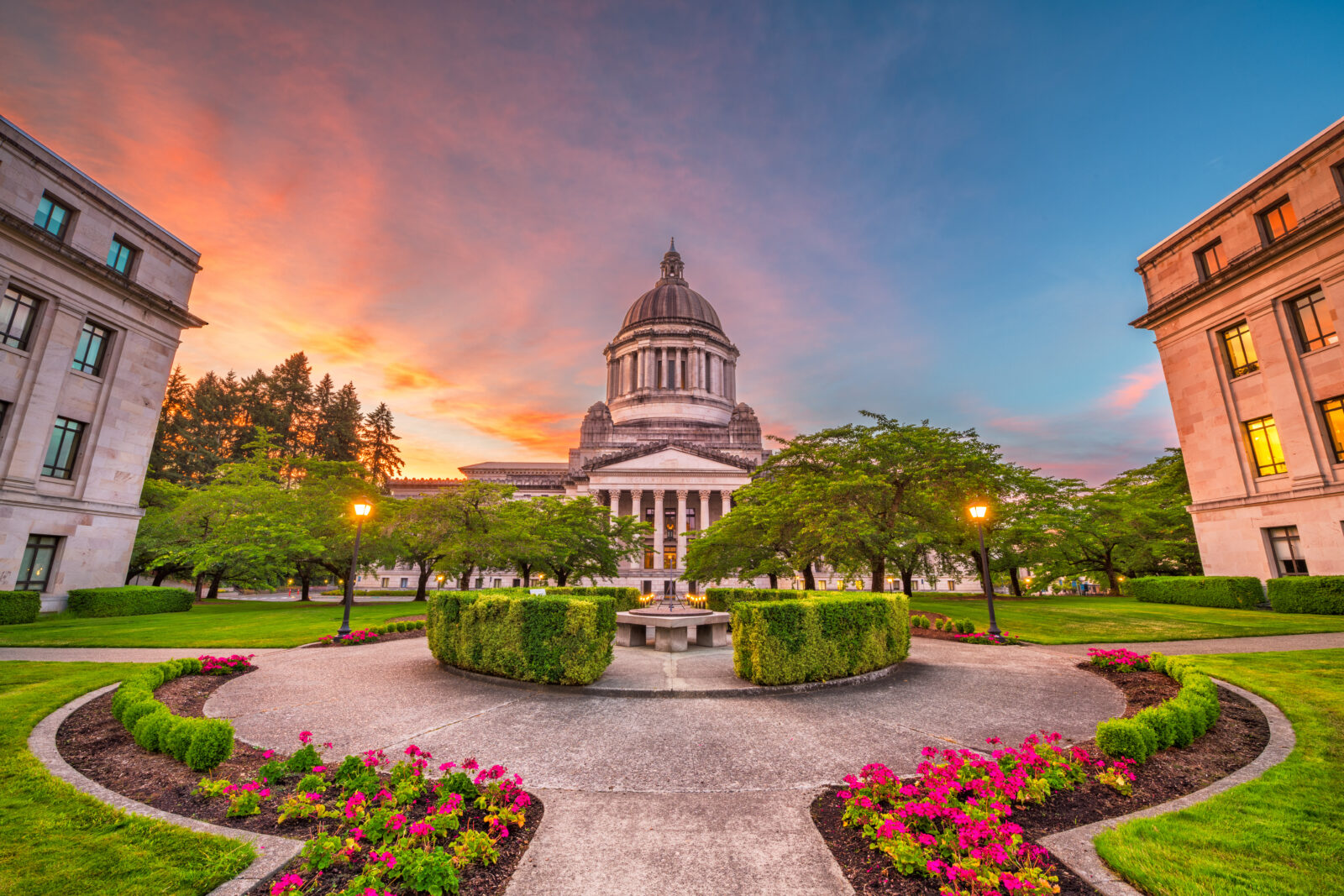School Choice Good for Kids & for Public Schools
Yet Washington State Has Been Painfully Slow to Implement Crossposted at The Bottom LineWhen it comes to innovation and advancements, Washington State has historically been a national leader. Yet the state has been painfully slow to implement change in an area where it’s most critically needed — improving our K-12 education system. Changes could save the state money, enhance K-12 student learning outcomes, and help foster a strong future adult workforce and citizenry, all resulting in enormous benefits for Washington State.
The most glaring lagging area involves school choice, where Washington State ranks a dismal 47 out of 50 states. States that have implemented school choice measures have improved student learning — both for students who exit K-12 traditional public schools and those who remain. This especially includes students from ethnic minorities and low-income families who have chosen alternatives to traditional K-12 education.
Cost savings is another significant benefit. Every student not utilizing the K-12 public system reduces taxpayer expenses, which in Washington State averaged $16,800 per student as of 2020-2021. In fact, Seattle Public Schools, Washington State’s biggest school district, spent a staggering $22,292 per student that same year. Since then, spending has continued to climb.
So why not empower more parents by giving them a portion of their child’s funding to exit the public system and select an alternative education avenue of their choice? As just one example of the alternatives to government-run schools are private schools, whose tuition is relatively much less expensive at $12,218 per student for the 2022-2023 school year, yet it produces superior results. The National Assessment of Educational Progress (NAEP) exam scores show that private school students score significantly higher in each individual subject than public school peers at all testing grade levels (i.e., fourth, eighth, and twelfth).
It’s time for Washington State to become a leader in education innovation, as the state is in many other arenas.
Keri D. Ingraham
Unfortunately, many K-12 public school employees have bought into the misperception that school choice will hurt public schools by taking “their” funding. The data shows that state funding allocated toward school choice avenues does not negatively affect public school student outcomes. For example, over the last two decades, Florida and Wisconsin have led the way investing funding in school choice programs. The NAEP data reveals that Florida and Wisconsin routinely outscore the majority of other states in public school educational performance, including Washington State. And it’s crucial to note that despite these states’ relatively big investments in school choice programs, the investment is modest — only about three to four cents of every educational state dollar.
Furthermore, despite common rhetoric, school choice does not zap the educator job market.
The reality is job opportunities outside of the one-size-fits-all traditional government system will expand, which professionals in the field should view as advantageous instead of crippling. In short, educational options enabled by education savings accounts, tax credit scholarships, and private school vouchers provide families with education elsewhere, which still require educators.
Unfortunately, politically powerful leaders of the teachers’ unions and the education establishment are hostile to giving families choices and are committed to blocking all such efforts. This is evident by the blockade of a variety of timely and needed school choice proposals.
Currently, House Bill 1093 has been introduced in the legislature. This bill would establish the Family Empowerment Scholarship Program. “The goal of the program is to empower families to choose an educational environment and program that will prepare their students for postsecondary education, gainful employment or entrepreneurship, and a successful future, regardless of the parents’ income level or zip code.”
Parents would apply, and 100,000 student scholarships of $12,000 each would be awarded on a first-come, first-serve basis among the state’s 1.1 million students. The educational scholarships can be used for homeschooling, tuition, curriculum, tutors, or a variety of other learning avenues. This would not only empower parents who can’t afford options outside of the traditional public system but also save the state enormous money from current public school per student spending.
It’s time for Washington State to become a leader in education innovation, as the state is in many other arenas. The benefits would be immense, and we owe it to our students and the future of the state.
